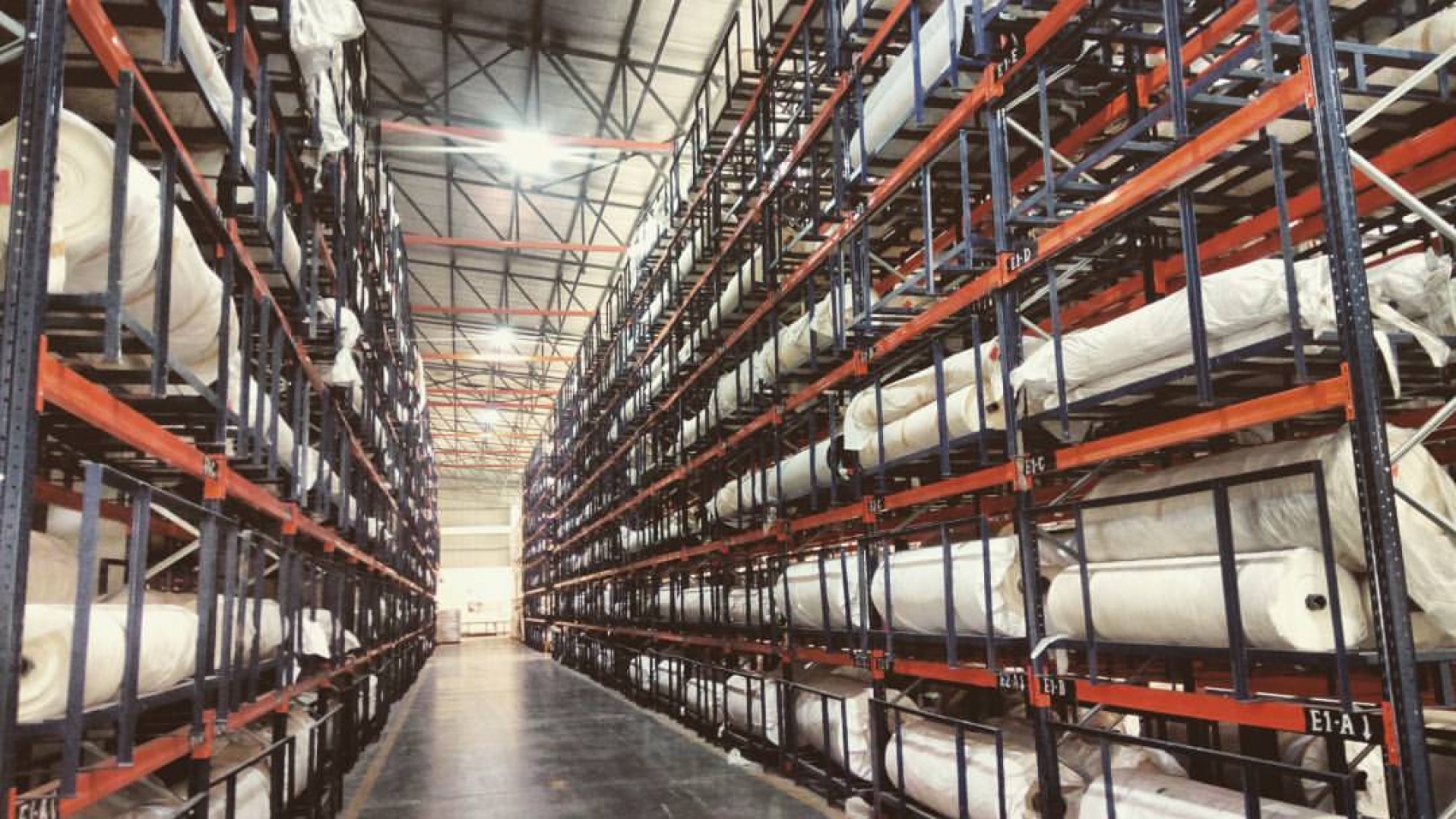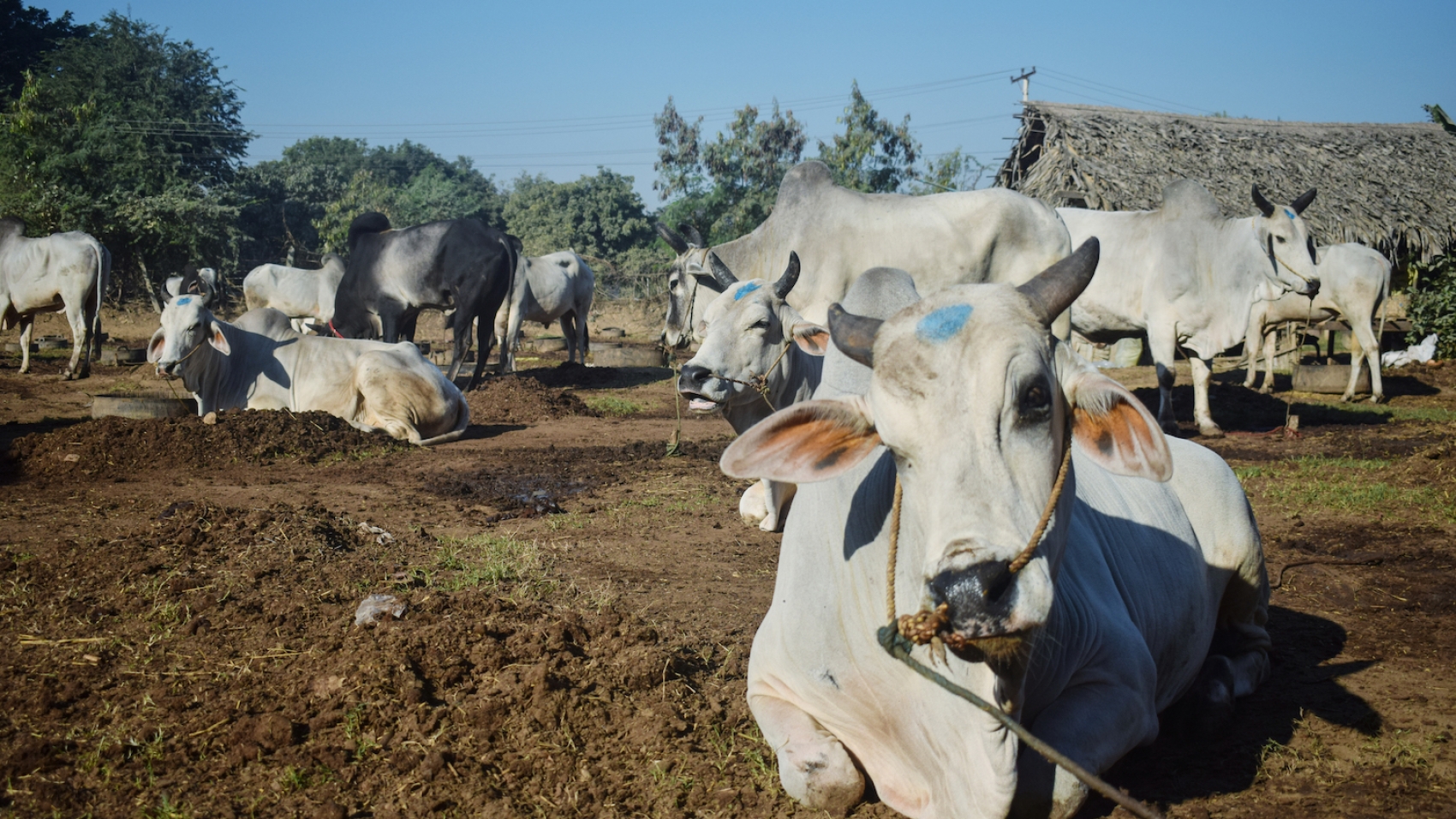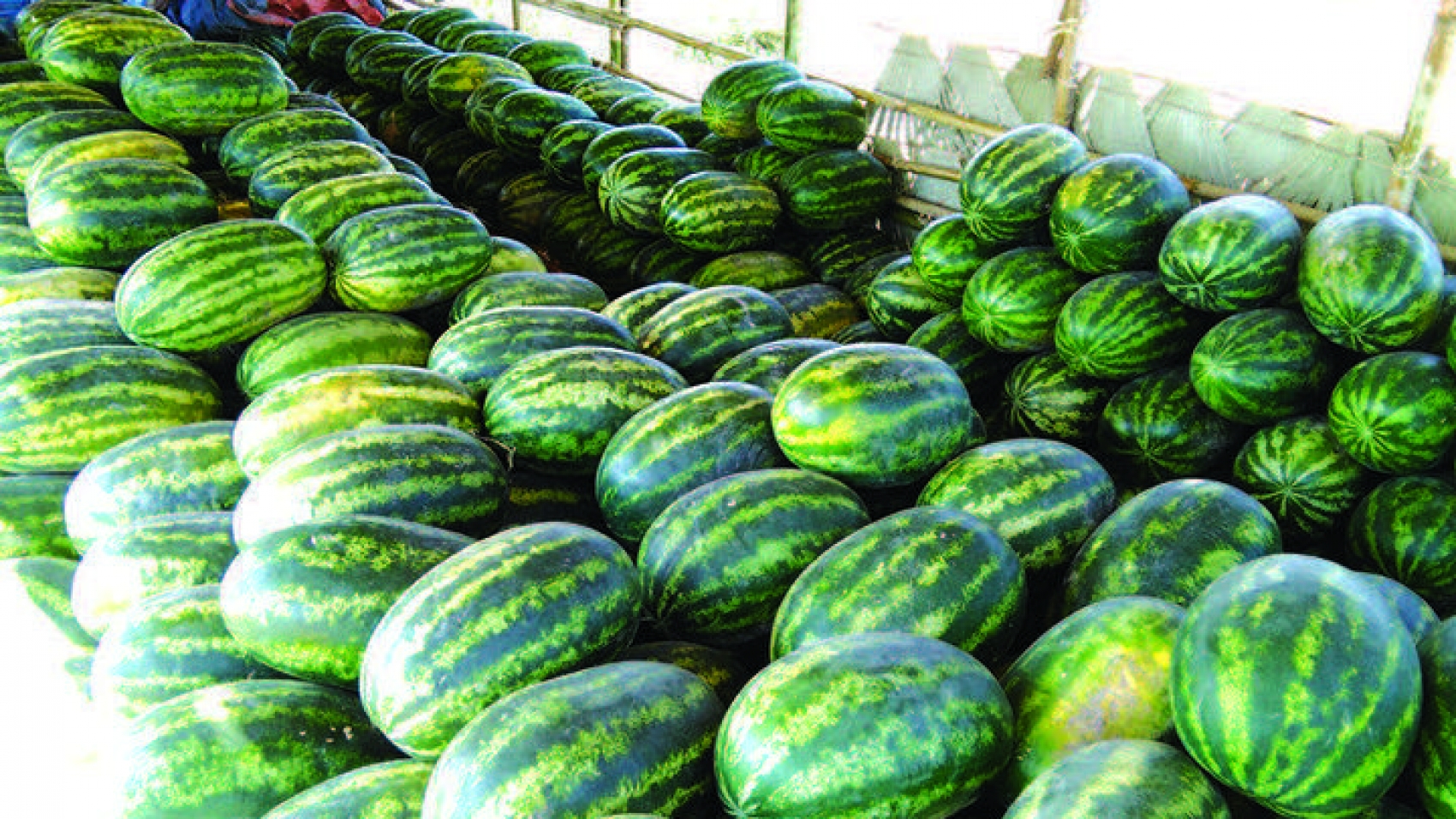From February to the end of June 2021, the Central Bank of Myanmar sold more than $ 54 million in foreign exchange auctions, with the highest sales in May, according to data released by the Central Bank of Myanmar. The Central Bank of Myanmar sold $ 6.8 million a month in February 2021. No sales in March. $ 12 million in April; It sold $ 24 million in May and $ 12 million in June. In January 2021, the central bank bought $ 1.8 million. Monthly sales from January to December 2020 were $ 39.5 million in January 2020; $ 31.5 million in February; $ 21 million in March; $ 16.7 million in May; 39.1 million in June; $ 31.1 million in July; $ 35.6 million in August; $ 44.2 million in September; $ 43 million in October; $ 100,000 in November; It bought $ 7.8 million in December and $ 2.7 million in April 2020.
It was resold in December 2020 for $ 3 million. It bought $ 1.8 million in January 2021 and sold $ 6.8 million in February. Short-term rise in foreign exchange rates; The central bank is launching a foreign exchange auction to reduce inflation and increase foreign reserves. The Central Bank of the Republic of the Union of Myanmar is responsible for its foreign exchange operations. A rule-based foreign exchange auction is underway to reduce inflation and implement the state’s two foreign reserves. Rules for Central Bank of Myanmar Competitive Auction Instructions are set out and these rules and regulations Authorized Dealer (AD) licensed foreign currency trading banks participating in the foreign currency auction in accordance with the instructions: three state-owned banks; Buying foreign currency with 19 local private banks and 13 foreign bank branches; And sales.
The Central Bank of Myanmar’s foreign exchange operations include short-term exchange rate fluctuations; Comparing the exchange rate of Myanmar kyat with one US dollar to the previous day reference exchange rate to reduce the depreciation; By comparison, the percentage devaluation of the Myanmar kyat exceeds the stipulated level (opening a competitive auction for the sale of US dollars, the percentage of appreciation of the Myanmar kyat exceeds the stipulated level). Comparison with Myanmar kyat to US dollar exchange rate. By comparison, a percentage of the appreciation of the Myanmar kyat exceeds the stipulated rules to open a competitive auction to buy foreign currency (US dollars); To buy foreign currency submitted by AD banks between the highest exchange rate and the lowest exchange rate announced by the Central Bank in the competitive auction. Submissions for sale are purchased and sold by the Central Bank of Myanmar using Refinitiv (formerly Thomson Reuters) ‘s Real Time Dealing Platform. For sale Opening a competitive auction to buy (US $).
To buy foreign currency submitted by AD banks between the highest exchange rate and the lowest exchange rate announced by the Central Bank in the competitive auction. Submissions for sale are purchased and sold by the Central Bank of Myanmar using Refinitiv (formerly Thomson Reuters) ‘s Real Time Dealing Platform. For sale Opening a competitive auction to buy (US $); To buy foreign currency submitted by AD banks between the highest exchange rate and the lowest exchange rate announced by the Central Bank in the competitive auction. Submissions for sale are purchased and sold by the Central Bank of Myanmar using Refinitiv (formerly Thomson Reuters) ‘s Real Time Dealing Platform. As mentioned above, the Central Bank of Myanmar is opening a foreign exchange auction in the short term. This is to reduce large losses and to increase foreign reserves. The Central Bank of Myanmar (CBM) is conducting a foreign exchange auction to keep the exchange rate at a fixed rate. The Central Bank has stated that it does not intend to increase or depreciate the kyat.
Source: Daily Eleven



